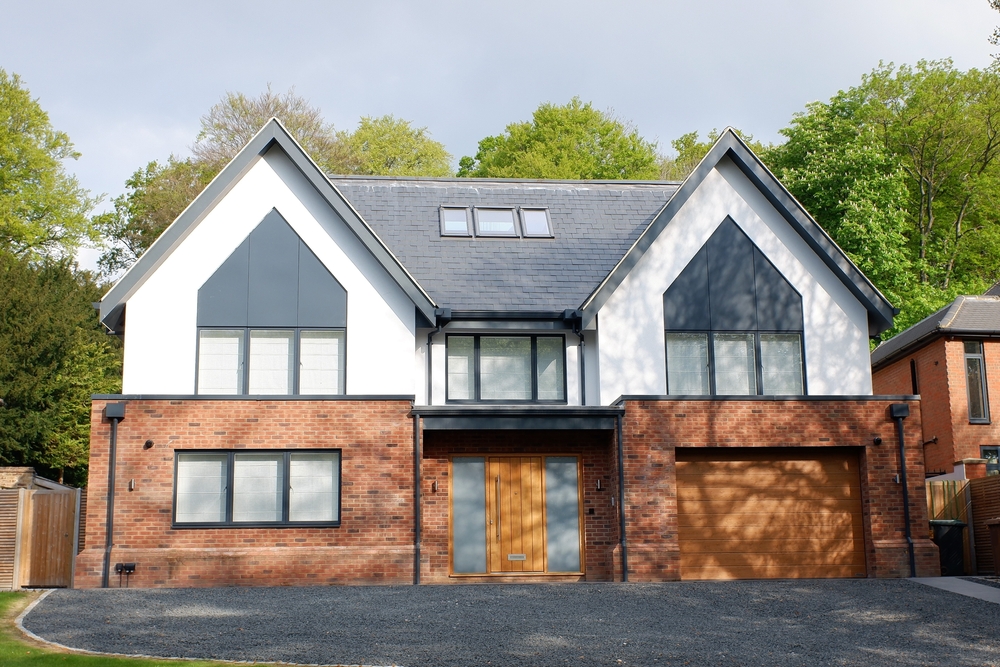Detached homes have increased in value by more than £100,000 over the past five years, while flats are currently lagging behind.
The demand for bigger homes with more space has driven property prices up over the past year, according to analysis based on data from the Halifax House Price Index. While easing interest rates improved mortgage affordability and annual property price growth reached 3.7% in January 2025 (up from just 1% at the start of 2024), the research revealed significant variations in price growth across different property types.
‘The fortunes of different property types tend to ebb and flow depending on broader market conditions,’ says Amanda Bryden, Head of Halifax Mortgages. ‘This time last year, the average price of a flat had risen more quickly than a detached house, as buyers adjusted to higher borrowing costs and sought to compensate by targeting smaller properties. Now, as interest rates have started to ease, it’s once again those homes offering more space which are fuelling demand.’
Price growth across property types
At the start of 2025, terraced housing led the way at 4.5%, with the average price now at £235,296 – up by £10,025 over the last year.
Detached houses also saw significant annual growth of 4.1%, equating to £18,704, which has seen the average detached house price rise to £471,748 – above the pandemic-era peak of £471,333 set in September 2022 and just shy of the new peak set in September 2024 of £472,984.
Semi-detached houses recorded growth of 3.8% over the past year, increasing by £11,367 in cash terms, with an average price of £307,685.
Price growth for flats has seen significant fluctuations over the past year, peaking at 4.7% last October but then easing to 3.2% at the start of 2025. This now sees the average price of a flat settle at £168,569.
However, one category where flats bucked the trend is new builds. While overall growth over the last year for newly built properties was 3.1%, for new build flats it was significantly higher, at 6.7%.
Not a short-term trend
The fact that larger properties are driving house price growth is not just a short-term trend, according to Bryden.
‘Over the last decade, bigger properties have tended to outperform smaller homes when it comes to price growth,’ she reveals. ‘This has caused the gap between the rungs on the housing ladder to widen further, presenting a bigger challenge to those looking to make the step up. However, that only tells part of the story. Slower growth among smaller homes is helpful for first-time buyers, and we saw a big rebound in that market last year, with a fifth more stepping onto the ladder. If you look beyond the UK picture to the individual nations and regions, there’s huge variance in average price performance for different property types, with many areas offering more value for money.’
Regional fluctuations
Indeed, when you take regions into account, the figures tell a slightly different story.
For example, the North East saw the biggest annual increase for terraced houses at 8.4% (£10,263), while Yorkshire and Humberside had the slowest growth at 2.7%. And for semi-detached houses, Northern Ireland saw the biggest increase at 7% (£11,835), while Scotland had the slowest growth at 0.7%.
This demonstrates that, even though price growth is currently strong, you can still find value for money in certain areas of the UK.

